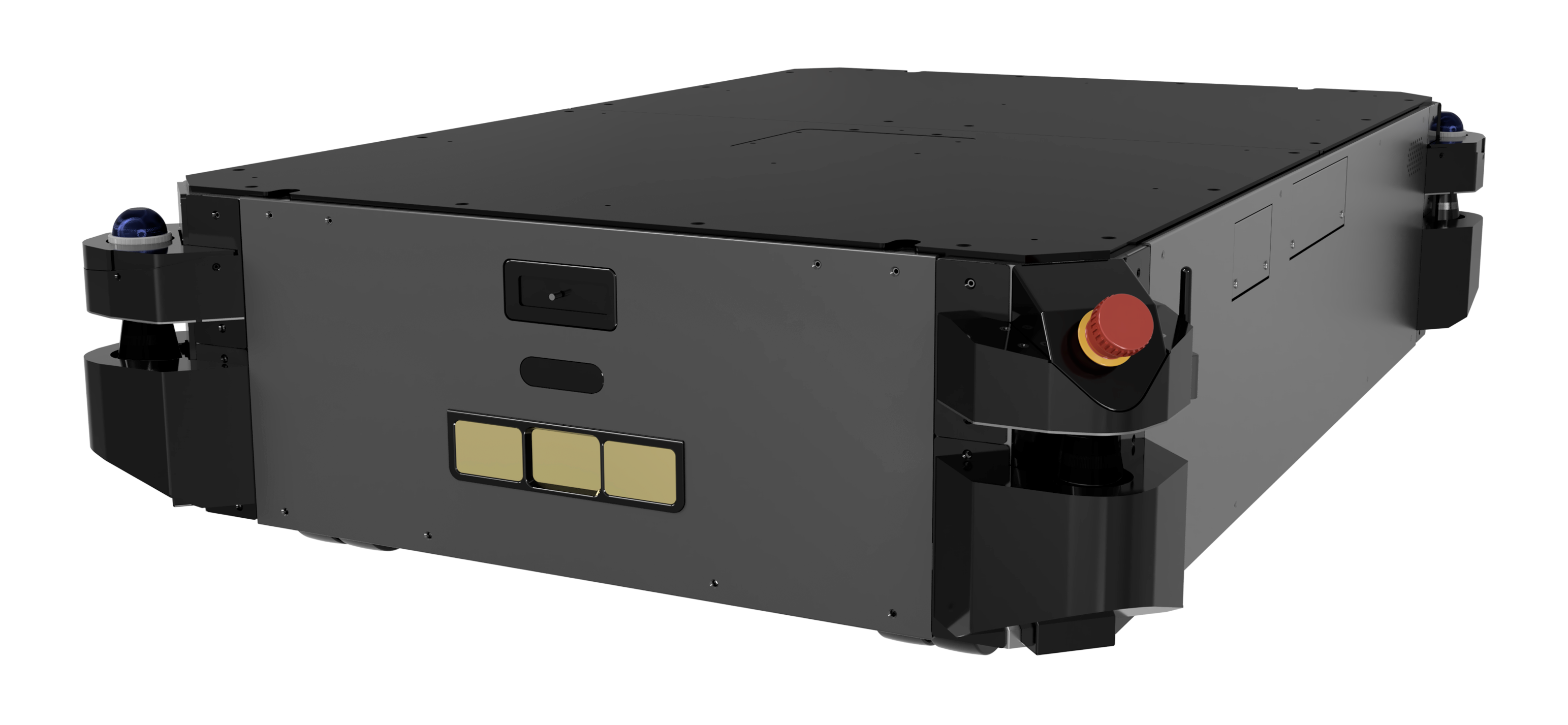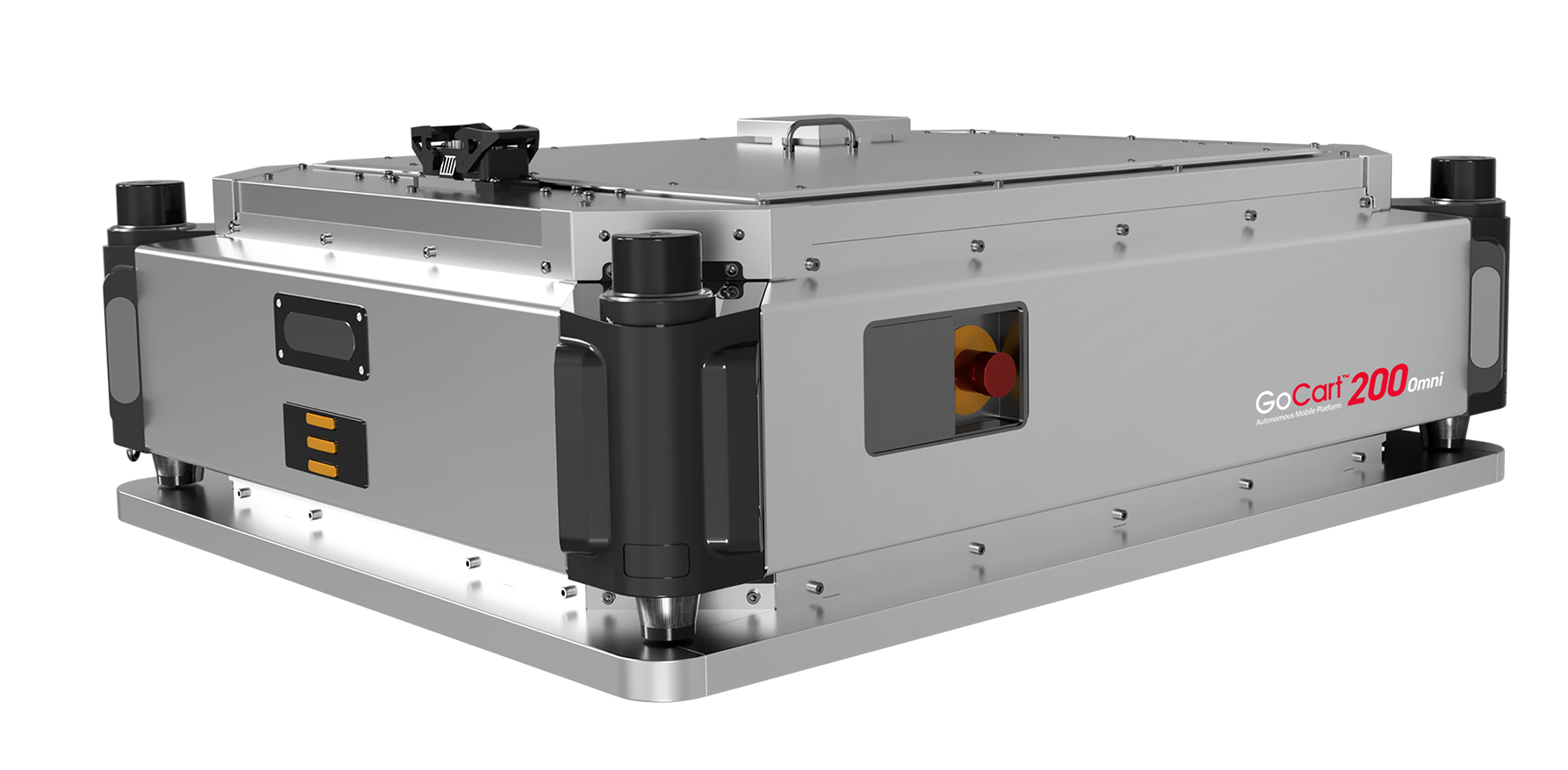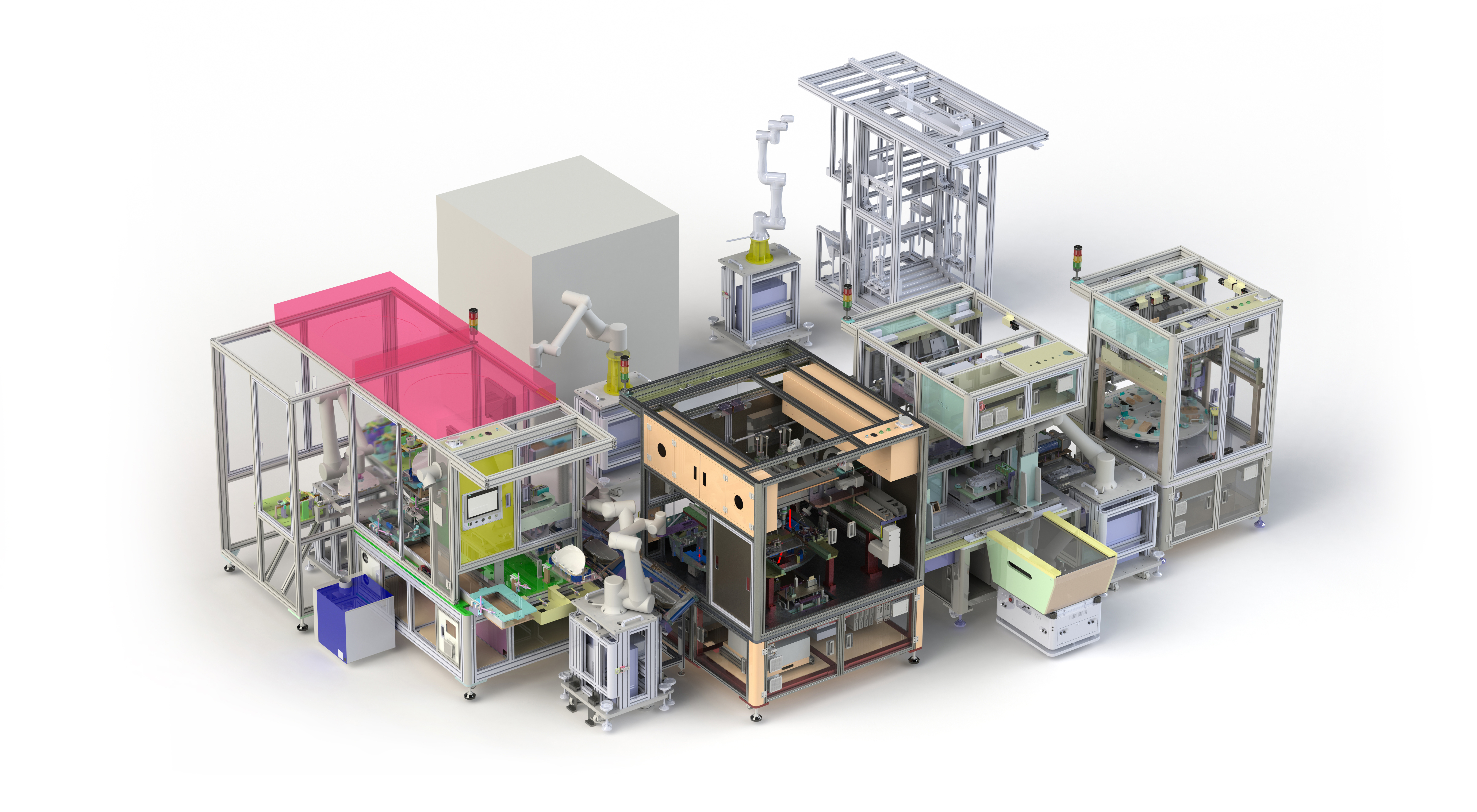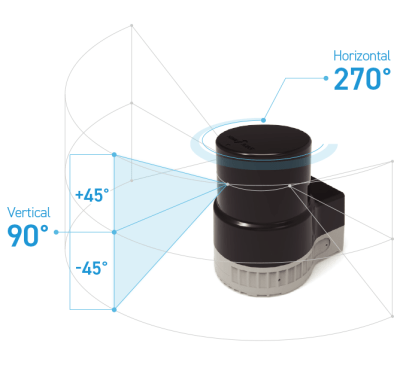LiDAR Sensors are most commonly used in the automotive industry, but are also widely used by autonomous mobile robots to locate and identify obstacles and track their movement. Still, before thoroughly answering the question “What is a LiDAR sensor?”, it’s important to first understand the most common sensor for tracking distant objects, RADAR.
RADAR sensors use radio waves to detect objects and estimate their size and distance. These sensors send waves, or pulses; when those waves strike an object in the distance, they’re partially scattered and partially reflected back to the sensor. The sensor uses the time it takes for the pulse to return to determine the distance of the object.
While RADAR is effective in its way, it does have limitations. For starters, RADAR sensors operate at lower frequencies and longer wavelengths, making them ideal for tracking objects at great distances but much less effective in tight quarters. In short distances less than a few yards, these sensors become less accurate and therefore less reliable. For indoor use in a commercial or industrial setting, another option is needed.
Enter LiDAR.
What is a LiDAR sensor? LiDAR stands for Light Detection and Ranging, and uses laser pulses in the same way RADAR uses radio waves. Because light travels much faster and at a higher frequency than radio waves, LiDAR sensors are more effective at sensing and sizing nearby objects.
LiDAR’s higher frequency means more pulses are sent and returned, which means more data than other sensors receive. This reliance on high-frequency light pulses is known as Direct Time of Flight, and this technology sets LiDAR apart from other sensors.
Direct Time of Flight technology provides data on an object’s surroundings, including x, y, and z coordinates and distance. This enables mobile robots to negotiate close quarters, using LiDAR sensors to estimate widths and calculate proximity of obstacles. In the same way a driverless vehicle might use LiDAR to parallel park in a tight space, indoor industrial robots can place themselves in spaces with little room for error.
Besides simply calculating distance, LiDAR sensors use the information they receive from nearby objects for accurate 3D scanning and 3D mapping of those objects. Mobile robots with LiDAR sensors can not only detect obstacles and adjust to their location, but because of this 3D scanning and 3D mapping, can also identify objects. The robots then use this information from the LiDAR sensor to adjust their own speed and path. LiDAR sensors in concert with SLAM and navigation technology give autonomous mobile robots the ability to move safely through various environments, making adjustments to avoid obstacles and workers.
Automated transport systems, including those autonomous mobile robots used within industrial facilities, warehouses, hospitals, etc., require sensors to detect their position in relation to other objects. This prevents AMRs from colliding with each other, impeding work flow, or causing injury to workers.
Mobile robots with LiDAR sensors can safely navigate narrow warehouse aisles brimming with workers, avoiding collisions that might cause injury or damage to products. A hospital might use autonomous mobile robots, such as Yujin Robot’s GoCart series, to safely carry medicine from a first floor pharmacy to a nurse’s station on the fifth floor.
Yujin Robot’s YRL series of LiDAR sensors offer a wide field of view. Field of view refers to the angle covered by the sensor, and the YRL LiDAR sensors provide 270 degrees of horizontal and up to 90 degrees of vertical coverage. For robots used in indoor environments such as warehouses, factories or hospitals, this wider coverage is best, as a wider field of view can identify more potential obstacles, and is better for mapping the surrounding area.
LiDAR sensors are a key component of indoor, autonomous mobile robots.Their ability to detect and react to objects and impediments is unmatched.





















